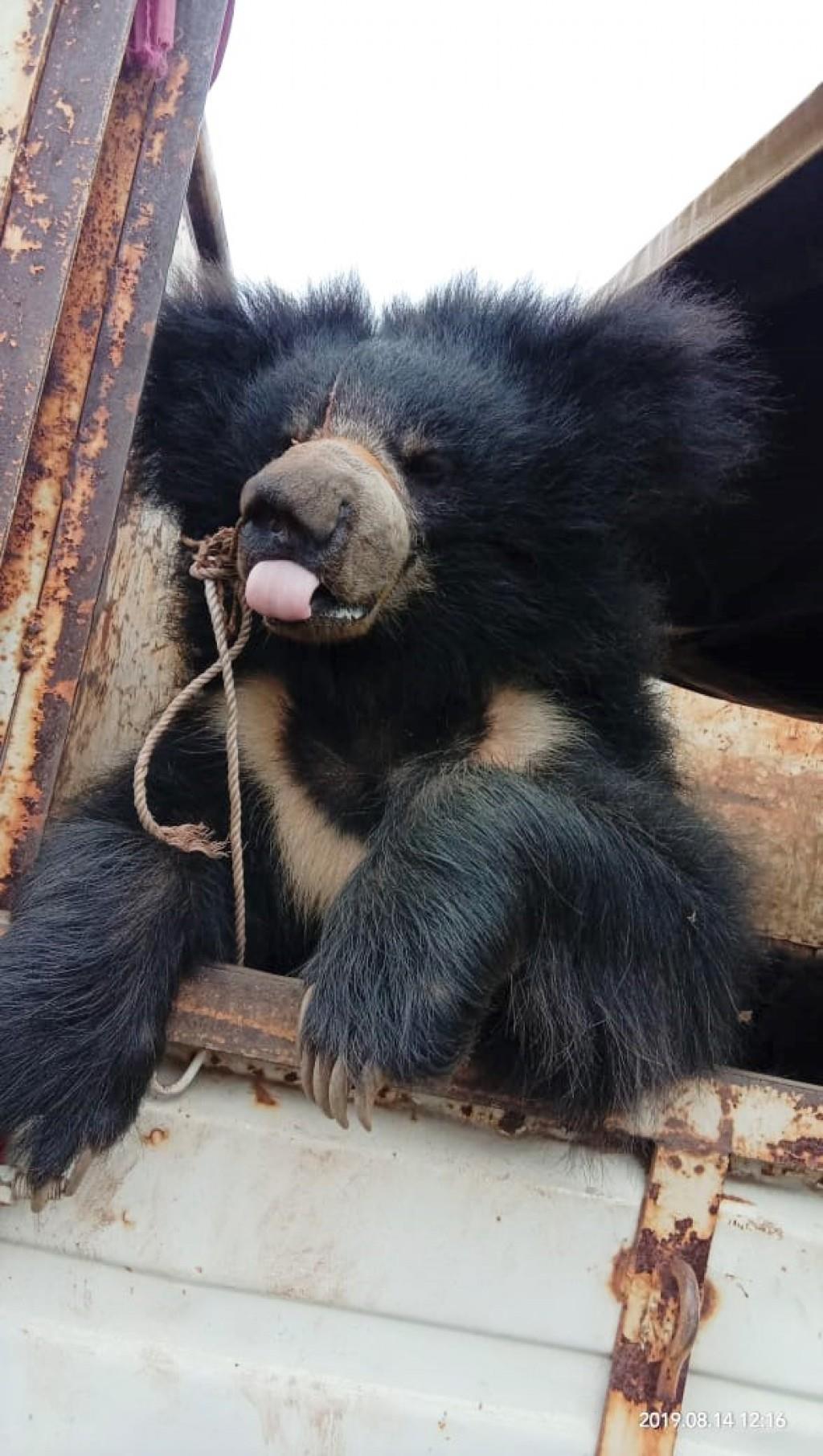International Animal Rescue: From Dancing Bears To Conservation Crusade
East Sussex, United Kingdom Oct 11, 2023 (Issuewire )
-
International Animal Rescue: Awareness and protection of these wild populations are crucial for their survival. On World Sloth Bear Day, we celebrate and share some unique facts about these bears, who are central to Indian mythology.
Native to the Indian Subcontinent, even though sloth bears are legally protected through the Indian Wildlife Protection Act of 1972, the population of this bear is still decreasing, with only around 6-11,000 remaining in the wild they are on the IUCN Red List as vulnerable,
Gavin Bruce, CEO of International Animal Rescue, emphasised, "The risk of extinction faced by sloth bears underscores the urgent need for their protection. Co-existence with these magnificent creatures is imperative, and raising awareness about their plight is a shared responsibility."
IAR's partner in India, Wildlife SOS, delivers excellent work in collaboration with local communities and has developed essential guidelines for safe sloth bear encounters. These measures include walking in small groups, carrying deterrents like flares and whistles, utilising torchlight when travelling alone, making noise through conversation, singing, or clapping while in sloth bear habitats, and collecting forest products during daylight hours.
Wildlife SOS has launched a comprehensive Sloth Bear Radio Collaring project in Karnataka in response to escalating human-bear conflicts. This initiative aims to study sloth bear movements, population status, and distribution within the state.
Thomas Sharp, Co-chair of the IUCN Sloth Bear expert team, noted, "Through this project, Wildlife SOS seeks to identify specific factors contributing to human-sloth bear conflict and implement viable solutions."
Kartick Satyanarayan, Co-founder and CEO of Wildlife SOS, emphasised, "The wild sloth bear population in India reminds us of the critical work ahead for conservation. World Sloth Bear Day stands as a beacon to raise mass awareness and knowledge about these magnificent bears."
These remarkable creatures face grave threats, including habitat degradation, encroachment by human settlements, and loss of natural habitat. Human-bear conflicts have resulted in tragic consequences, demanding urgent attention to mitigate retaliatory killings. Disturbingly, sloth bears often find themselves trapped in snares or barbed wire fences or, worse, targeted by crude bombs.
To highlight these magnificent animals and raise awareness, we wanted to share some Sloth bear facts to celebrate them on this World Sloth Bear Day;
- COMMON NAME: Sloth Bear NATIVE TO: Indian subcontinent SCIENTIFIC NAME: Melursus ursinus TYPE: Mammals DIET: Omnivore GROUP NAME: Solitary Sloth bear population in India: 6,000 - 11,000 in the wild IUCN Red List Status: Vulnerable AVERAGE LIFE SPAN IN CAPTIVITY: Up to 40 years SIZE: 5 to 6 feet; tail: 2.7 to 4.7 inches WEIGHT: 120 to 310 pounds PARENTING: The cubs often ride on their mother's back for some months, a unique trait among bears. HABITS: Sloth bears are solitary creatures and generally nocturnal. FEATURES: Their lower lip can suck up ants and termites. FASCINATING FACT: Their feeding behaviour is also quite noisy, sucking up the insects, which can be heard from up to 180 meters (590 feet) away.
To find out more about International Animal Rescue's work, visit

Legal Disclaimer:
MENAFN provides the
information “as is” without warranty of any kind. We do not accept
any responsibility or liability for the accuracy, content, images,
videos, licenses, completeness, legality, or reliability of the information
contained in this article. If you have any complaints or copyright
issues related to this article, kindly contact the provider above.
Most popular stories
Market Research

- Vietnam Vegan Food Market Size, Share, Trends And Report 2025-2033
- Smart Indoor Gardens Market Growth: Size, Trends, And Forecast 20252033
- Bitmex And Tradingview Announce Trading Campaign, Offering 100,000 USDT In Rewards And More
- With Seal, Walrus Becomes The First Decentralized Data Platform With Access Controls
- Schoenherr Welcomes Top-Tier CEE English Law Debt Finance Team
- Cartesian Launches First Outsourced Middle-Back-Office Offering For Digital Asset Funds






















Comments
No comment